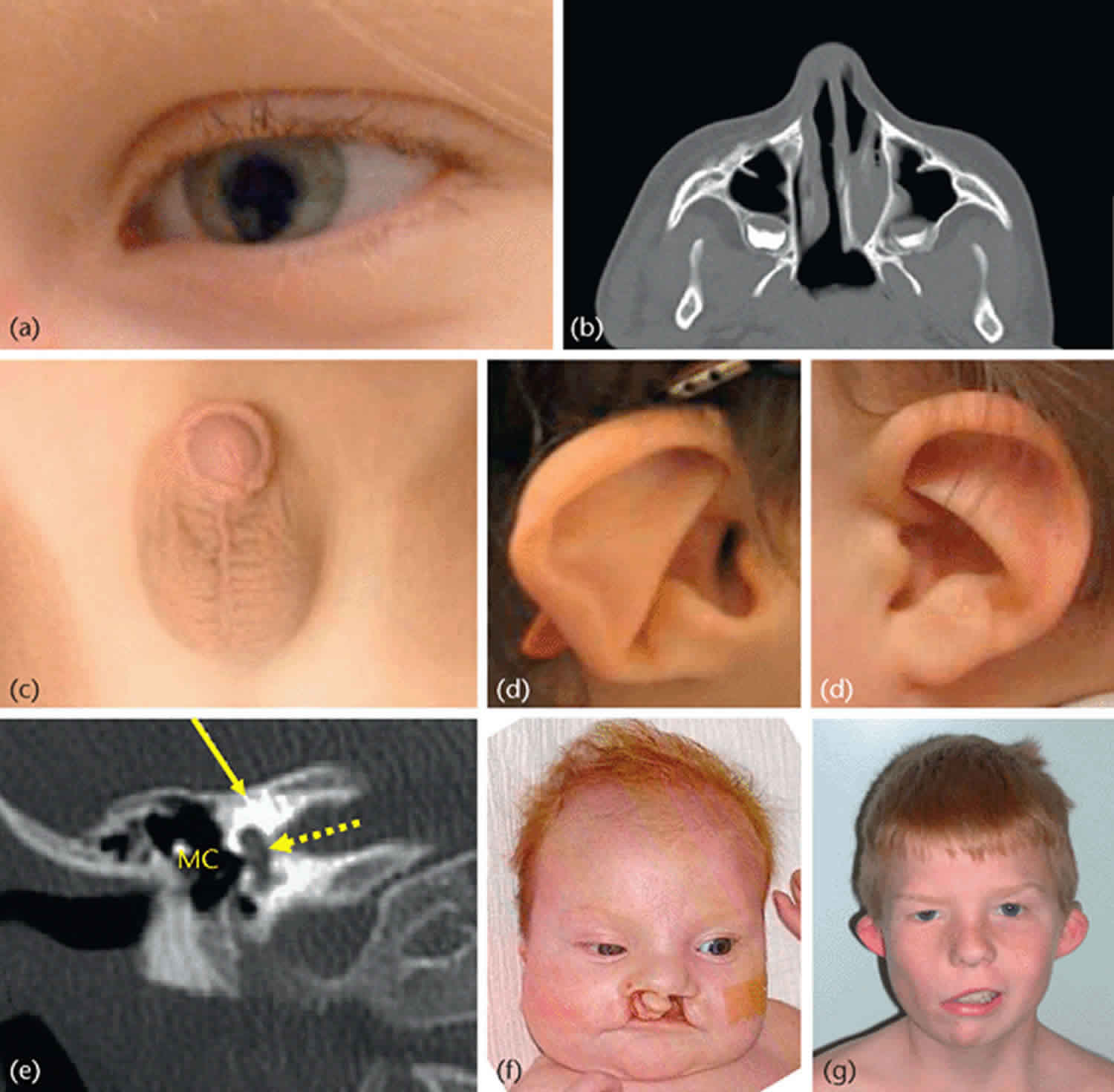

NMO is present across the world, especially among non-Caucasians MS has a higher incidence in temperate climates and Caucasians.NMO rarely has a secondary progressive stage as in MS disabilities accumulate from repeated acute attacks.Symptoms are generally more severe after an NMO attack than an MS attack.In cases associated with anti-MOG antibodies, it is considered that anti-MOG antibodies may trigger an attack on the myelin sheath resulting in demyelination. Astrocytes are supportive cells in the brain, spinal cord and optic nerves, and damage to astrocytes is believed to lead to demyelination. In the majority of cases of NMO, the immune system recognizes the AQP4 water channel as foreign and develops antibodies (NMO-IgG or anti-AQP4 antibody) to attack AQP4 on the surface of astrocytes, which in turn damages the astrocytes. NMO is considered to be an autoimmune disease (where the immune system reacts against healthy tissue as if it was a threat).People with anti-MOG related NMO similarly have episodes of transverse myelitis and optic neuritis, but recovery after attacks appears to be better than anti-AQP4 related disease. In people with NMO who test negative for anti-AQP4 antibodies, up to a third may be positive for auto-antibodies directed against a component of myelin called myelin oligodendrocyte glycoprotein (MOG). More than 70% of NMO and NMOSD patients test positive for an antibody biomarker in the blood called the NMO-IgG or anti-AQP4 antibody. Aquaporins (AQPs) are proteins that transport water across cell membranes. The cause of NMO in the majority of cases is due to a specific attack on the aquaporin-4 (AQP4) water channel located within the optic nerves and spinal cord. Therefore, preventing attacks is critical to a good long-term outcome. Unlike MS, there is no progressive phase of this disease. During a relapse, new damage to the optic nerves and/or spinal cord can lead to accumulating disability. The damage to the optic nerves produces swelling and inflammation that cause pain and loss of vision the damage to the spinal cord causes weakness or paralysis in the legs or arms, loss of sensation, and problems with bladder and bowel function. Neuromyelitis optica (NMO) and NMO Spectrum Disorder (NMOSD), also known as Devic's disease, is an autoimmune disorder in which white blood cells and antibodies primarily attack the optic nerves and the spinal cord, but may also attack the brain. d Disease Modifying Therapy Guidance During COVID-19.Evusheld to Prevent COVID-19 in People with MS.d Medicines to Prevent and Treat COVID-19.COVID-19 Vaccines for Children and Adolescents with MS and Related Disorders.Timing MS Medications with COVID-19 Vaccines.d COVID-19 Vaccine Guidance for People Living with MS.COVID-19 Information for Healthcare Providers.Resources and Services for Your Patients.Scientific Peer Reviewers & Advisory Committees.d Diversity, Equity and Inclusion and the National MS Society.

Independent Review of Society's Research Programs.How and Why Do Scientists Share Results.Research Studies: Newly Diagnosed with MS.COVID-19 Studies Recruiting People with MS.Multiple Sclerosis and the Americans with Disabilities Act (ADA).d Find Programs & Services in Your Area.Resilience: Addressing the Challenges of MS.Cumbre de Esclerosis Múltiple para Hispanos/Latinx.d aHSCT in MS (Autologous Hematopoietic Stem Cell Transplantation).d Complementary & Alternative Medicines.Functional Electrical Stimulation (FES).Make the Most of Your Healthcare Provider Visits.Acute Disseminated Encephalomyelitis (ADEM).


 0 kommentar(er)
0 kommentar(er)
